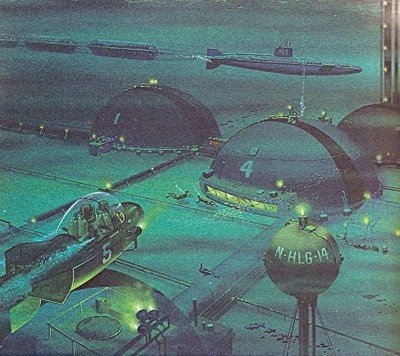The main reason I started this thread is that I studied Architecture at University for a year and a half prior to dropping out (long story!). I guess that makes me an example of the dreaded idiot who knows a little!
Although I didn't last long enough to get learn about the intricacies of the subject, I do remember that Le Corbusier was somewhat revered.
http://en.wikipedia.org/wiki/Le_CorbusierCorb's synonymous with Modernism as an architectural school of thought, which in his case is embodies in the "Machines For Living In" concept I mentioned in the first post.
"A House Is A Machine For Living In
By 1918, Corbusier's ideas on how architecture should meet the demands of the machine age led him to develop, in collaboration with the artist Amédée Ozenfant, a new theory: Purism. Purist rules would lead the architect always to refine and simplify design, dispensing with ornamentation. Architecture would be as efficient as a factory assembly line. Soon, Le Corbusier was developing standardised housing 'types' like the 'Immeuble-villa' (made real with the Pavilion de l'Esprit Nouveau of 1925), and the Maison Citrohan (a play on words suggesting the building industry should adopt the methods of the mass production automobile industry), which he hoped would solve the chronic housing problems of industrialised countries.
His radical ideas were given full expression in his 1923 book Vers Une Architecture ("Towards a New Architecture"), an impassioned manifesto which is still the best-selling architecture book of all time. "A house", Le Corbusier intoned from its pages, "is a machine for living in."
But despite his love of the machine aesthetic, Le Corbusier was determined that his architecture would reintroduce nature into people's lives. Victorian cities were chaotic and dark prisons for many of their inhabitants. Le Corbusier was convinced that a rationally planned city, using the standardised housing types he had developed, could offer a healthy, humane alternative."http://www.open.edu/openlearn/history-the-arts/history/heritage/le-corbusierIf you decide to study the rise of Modernism and Brutalism, plus Corb, you might get an idea where the concept of big towers in Sci-Fi literature comes from.

Anyway, here's an image of a high rise tower block in Hong Kong:

I think this symbolises what Namelessfly means by living in a Hive!
Mike.














